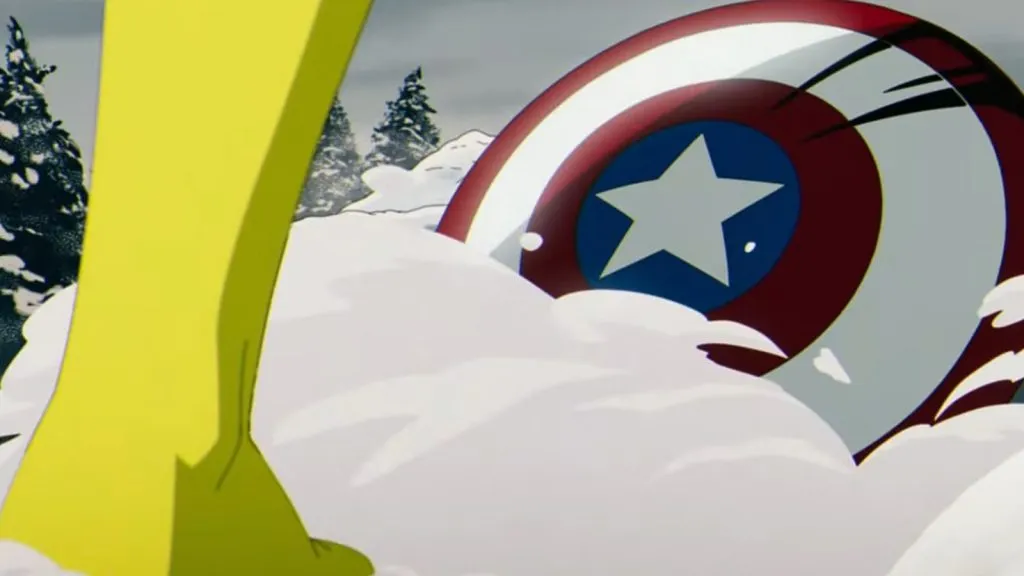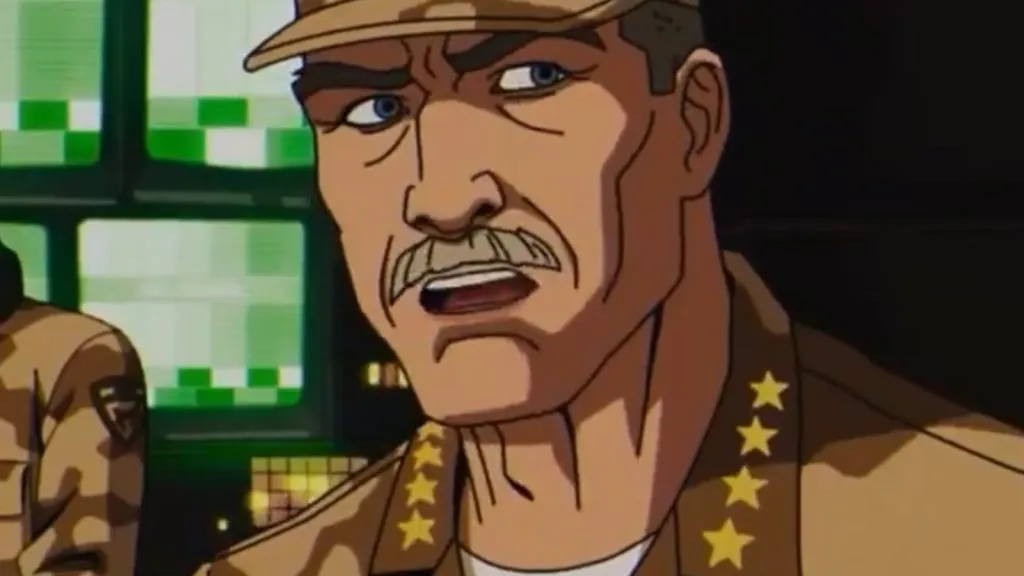
X-Men ’97 has been a refreshing change for Marvel enthusiasts, opting to forgo celebrity appearances and hidden references in favor of delivering an exceptional narrative.
However, it appears that change is still on the horizon. The seventh episode of X-Men ’97, titled Bright Eyes, features not just one, but two major Marvel characters who are not mutants. The first is the Hulk’s arch-nemesis, the mustachioed villain Thaddeus ‘Thunderbolt’ Ross, and the second is the patriotic hero with a strategy, Captain America.
Despite being relatively minor, these two cameos still managed to catch my attention (especially since I have a feeling that Cap’s appearance is hinting at a bigger role in the future). However, unlike some recent instances where characters were forcefully inserted into Marvel projects, they didn’t bother me as much.
A Carousel of Cameos

The success of X-Men ’97 can largely be attributed to the positive reception it has received. The show is truly exceptional and has sparked my curiosity about how the popular MCU will portray the beloved mutants in future Marvel films, such as Deadpool 3. However, the reason why the cameos in X-Men ’97 do not cause any issues is because they are utilizing tactics previously used in the earlier days of the MCU.
In contrast to the mishmash of random characters often seen in recent Marvel productions (with Doctor Strange in the Multiverse of Madness being a prime example), X-Men ’97 is primarily dedicated to delivering a cohesive and well-crafted storyline. As a result, the plot progresses smoothly, seamlessly incorporating cameos to enhance the sense of a unified shared universe.
Just as Rogue would target Thunderbolt Ross in her search for classified military information, given his reputation as one of America’s leading generals with a track record of creating deadly robotic machines, Captain America would undoubtedly pursue Bolivar Trask after the devastating attack on Genosha. As an Avenger, it is in his nature to investigate and seek justice for tragedies such as the Sentinel assault.
Marvel’s most successful cameos are those that fit seamlessly into the shared universe. For example, it was only logical for SHIELD agents to approach Tony Stark about the Avengers, and for Spider-Man to seek help from Matt Murdock when in need of a lawyer. These appearances are not just for the sake of having characters in the movie, unlike the seemingly random appearance of Valkyrie in The Marvels or Bruce Banner’s sudden introduction of his previously unmentioned son at a family barbeque.
Make them matter

One possible explanation for why Cap and Ross’s minor appearances are not particularly bothersome is that their characters do not depend on the viewer being familiar with them. While Marvel fans may appreciate seeing Ross, his presence is not essential to the overall plot. He simply serves as an army officer who aids Rogue in her search for Trask. Likewise, if someone is not well-versed in Marvel lore and is unfamiliar with Steve Rogers, he is simply another hero offering his assistance.
The main issue with the lineup of superhero faces in Multiverse of Madness was that it felt like a never-ending rotation. In order to fully appreciate the Illuminati scene, one needed to possess some prior knowledge beyond the MCU. While we can excuse Patrick Stewart’s involvement, the cameo of John Krasinski as Mister Fantastic relied heavily on the audience’s awareness of fan speculation on social media about his potential inclusion in the MCU Fantastic Four movie. To make matters worse, viewers also had to be familiar with the often overlooked Inhumans series in order to recognize Black Bolt.
These may have been unconventional decisions, but they are not the only instances where Marvel assumes viewers are well-versed in the franchise’s past to fully appreciate their movies. Though it may be controversial to admit, this was also a problem with Spider-Man: No Way Home.
Without a doubt, the movie was fantastic for loyal fans who have followed the Wallcrawler’s cinematic journey, but for those who have only seen Tom Holland’s Spider-Man films, it may be confusing as to why it’s significant that Andrew Garfield caught MJ.
The handling of cameos and references in X-Men ‘97 is excellent. They seamlessly integrate into the story and contribute to building a cohesive universe. Unlike some other franchises, they do not alienate viewers who may not be familiar with all of Marvel’s extensive history. It is our hope that the MCU will continue to follow this approach as we move into Phases 5 and 6.
Alternatively, if you’re eager for more information on upcoming releases, we have articles covering several highly anticipated superhero films, such as Thunderbolts and the upcoming MCU Blade reboot.




Leave a Reply ▼